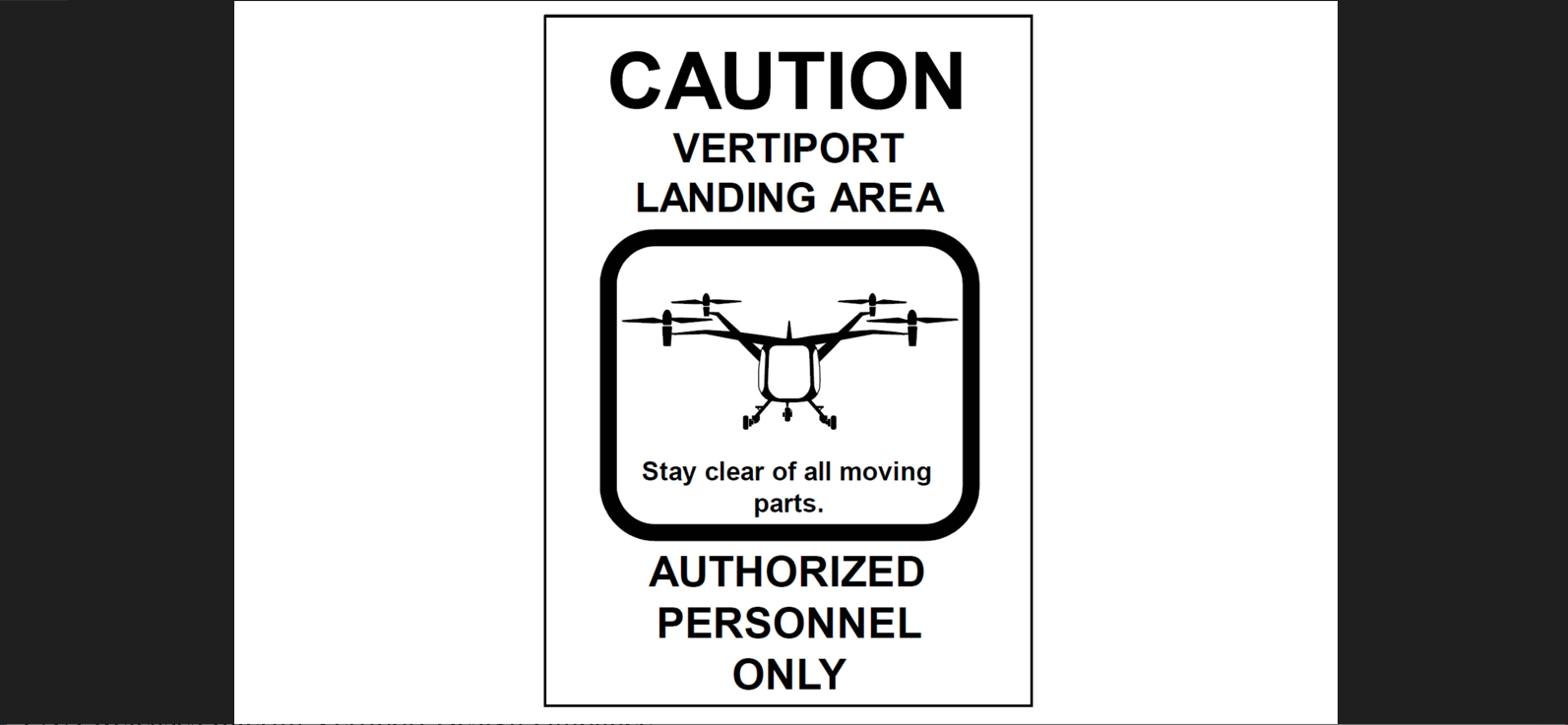
Credit: FAA
The FAA has released vertiport design standards to support the introduction of new advanced air mobility (AAM) aircraft into the U.S. airspace system. On Sept. 26, the agency announced the publication of Engineering Brief (EB) 105, which it described as initial, interim guidance for building...
Subscription Required
This content requires a subscription to one of the Aviation Week Intelligence Network (AWIN) bundles.
Schedule a demo today to find out how you can access this content and similar content related to your area of the global aviation industry.
Already an AWIN subscriber? Login
Did you know? Aviation Week has won top honors multiple times in the Jesse H. Neal National Business Journalism Awards, the business-to-business media equivalent of the Pulitzer Prizes.
